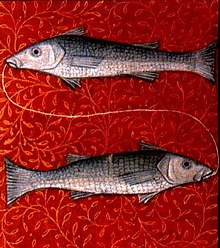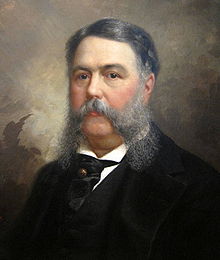I tell them there's no hurry,
I'm just sitting here doing time. ...
I'm just sitting here
Watching the wheels go round and round
I really love to see them roll ...
--John Lennon, Watching the Wheels
Over the last few days,
I've had occasion to drive to Norfolk along Interstate 464.
I-464 runs parallel to the southern branch of the Elizabeth River,
so there are often a number of crows and red-tailed hawks along the way.

crow photo courtesy of morguefile.com
But the last two times I've driven this interstate--
once in heavy rain, another time in sun--
I've noticed a very large red-tailed hawk sitting on the same light post,
and it has been looking down at the roadway each time.
Realistically, it may have had its eye on some potential meals,
especially since hawks can see a field mouse from a distance of 100 feet.

hawk photo courtesy of morguefile.com
I can't say for sure that it wasn't looking at small prey or carrion.
I don't have the sharp eyes of a hawk, after all.
But judging from the tilt of its head, I'd swear it was
watching the wheels on the road as they went spinning around.
watching the wheels on the road as they went spinning around.
The Lumbee Indian tribes indigenous
to this part of Virginia and North Carolina
ascribe spiritual qualities to the red-tailed hawk:
speed, focus, achievement, and freedom.
(source: http://www.uncp.edu/uncp/about/traditions.htm)
That nature might explain my hawk's attraction to the speed
of hundreds of rotating wheels on cars and trucks driving down the road.
speed, focus, achievement, and freedom.
(source: http://www.uncp.edu/uncp/about/traditions.htm)
That nature might explain my hawk's attraction to the speed
of hundreds of rotating wheels on cars and trucks driving down the road.
And yet, the red-tailed hawk has another side of its spirit:
a quiet, observant side.
a quiet, observant side.

photo courtesy of morguefile.com
Maybe that is the true source of its power,
the ability to sit in patience and solitude and watch
while everyone else spins wildly forward.
On those days when I must zip from place to place,
to beat the clock, to eat on the go, to attend to a thousand things
while pushing toward an undefined horizon,
it would be nice to fly up and perch next to the hawk.
Maybe that is the true source of its power,
the ability to sit in patience and solitude and watch
while everyone else spins wildly forward.
On those days when I must zip from place to place,
to beat the clock, to eat on the go, to attend to a thousand things
while pushing toward an undefined horizon,
it would be nice to fly up and perch next to the hawk.
I'd really love to watch the wheels go round for awhile myself.
Without the field mouse lunch, of course.
<>
Without the field mouse lunch, of course.
<>























![[Picture: Pisces]](http://www.fromoldbooks.org/Hone/pages/0282-Pisces/0282-Pisces-q75-500x375.jpg)










.JPG)










